Home>Gardening & Outdoor>Landscaping Ideas>Why Do Zebras Eat Grass
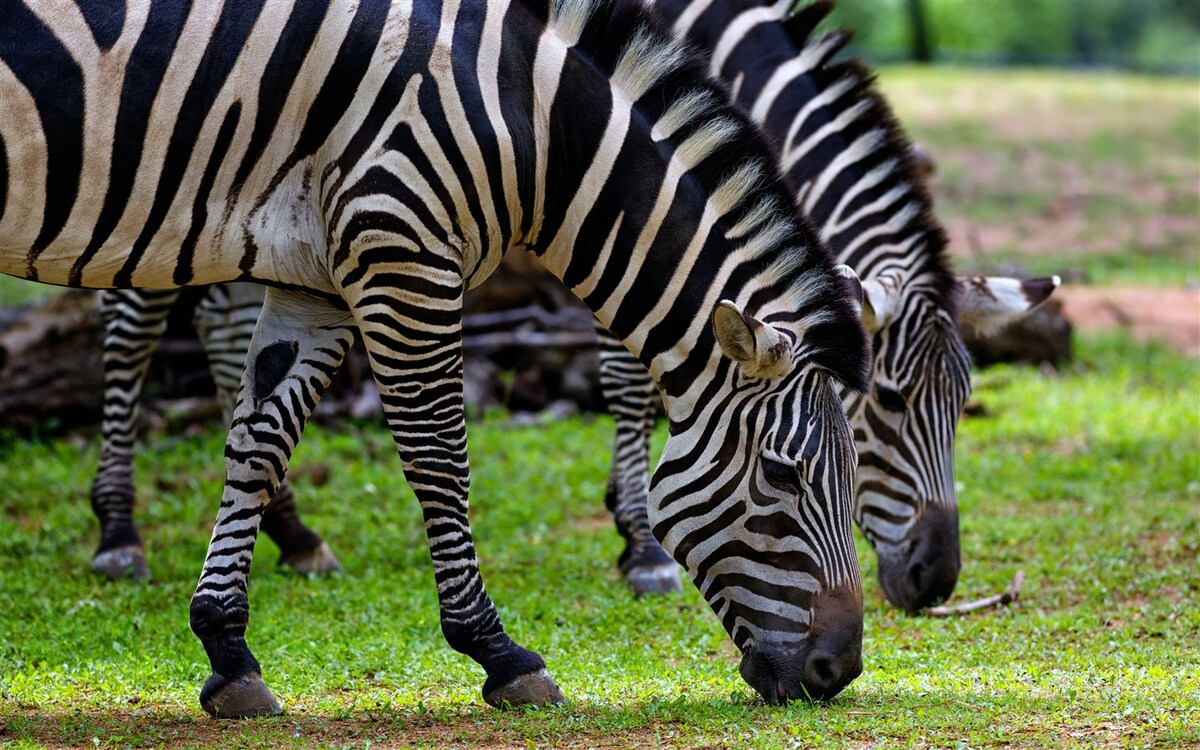

Landscaping Ideas
Why Do Zebras Eat Grass
Published: January 29, 2024
Discover why zebras eat grass and learn about the landscaping ideas that can help create a zebra-friendly environment. Explore the connection between zebras and landscaping.
(Many of the links in this article redirect to a specific reviewed product. Your purchase of these products through affiliate links helps to generate commission for Storables.com, at no extra cost. Learn more)
Introduction
Zebras, with their distinctive black and white stripes, are not only iconic creatures of the African savannas but also fascinating animals with unique dietary habits. One might wonder, why do zebras eat grass? The answer lies in the intricate relationship between zebras and their natural environment, as well as the nutritional value of grass and the evolutionary adaptations of these magnificent creatures.
Understanding the dietary preferences of zebras provides insight into their survival strategies and their role in the ecosystem. In this article, we will delve into the reasons behind zebras’ grass-eating habits, exploring the nutritional benefits of grass, the digestive system of zebras, and the evolutionary factors that have shaped their diet over time.
Key Takeaways:
- Zebras eat grass because it provides essential nutrients like carbohydrates, proteins, vitamins, and minerals, supporting their health and vitality in their natural habitat.
- Zebras’ digestive system is specialized to efficiently process tough, fibrous grass, allowing them to extract maximum nutrition and conserve water in their arid savanna environments.
Read more: Why Do Dogs Eat Grass
Zebra Diet
The diet of zebras primarily consists of grass and other plant materials. These herbivorous animals are well-adapted to grazing on the tough, fibrous vegetation found in their natural habitats. While zebras are known to consume various grass species, they also feed on herbs, shrubs, and leaves, especially during dry seasons when grass may be scarce.
Zebras are selective grazers, meaning they choose specific parts of grass and plants to consume. They use their agile lips and teeth to crop the grass close to the ground, ensuring that they obtain the most nutritious parts while avoiding tougher, less palatable portions. This selective feeding behavior allows zebras to optimize their nutrient intake and adapt to the varying quality of forage available in their environment.
Despite their reliance on grass, zebras are also known to supplement their diet with water sources and mineral-rich lick sites. These additional resources contribute to their overall nutritional intake and help sustain their health and vitality in the wild.
By understanding the diverse components of the zebra’s diet, we gain a deeper appreciation for the complexities of their feeding behaviors and the crucial role they play in the ecological balance of their native habitats.
Nutritional Value of Grass
Grass serves as a vital source of nutrition for zebras, offering a diverse array of essential nutrients that support their overall health and well-being. While the exact composition of grass can vary depending on factors such as species, climate, and soil conditions, it generally provides zebras with a balanced combination of carbohydrates, proteins, vitamins, and minerals.
Carbohydrates, in the form of cellulose and hemicellulose, are abundant in grass and serve as a primary energy source for zebras. These complex carbohydrates are essential for sustaining the zebra’s high levels of activity and metabolic processes, enabling them to thrive in their natural environment.
Furthermore, grass contains a notable amount of protein, which is crucial for muscle development, tissue repair, and overall growth. The protein content of grass may fluctuate throughout the year, influencing the dietary choices of zebras as they seek out the most nutritionally advantageous forage available to them.
In addition to carbohydrates and proteins, grass provides zebras with essential vitamins and minerals, including vitamin A, vitamin E, calcium, phosphorus, and potassium. These micronutrients play a pivotal role in maintaining various physiological functions, such as immune system support, bone strength, and electrolyte balance.
Moreover, the high fiber content of grass contributes to healthy digestion in zebras, promoting gut motility and aiding in the breakdown of plant material. This fiber-rich diet aligns with the zebra’s specialized digestive system, allowing them to efficiently extract nutrients from the fibrous vegetation they consume.
Ultimately, the nutritional value of grass underscores its significance in the diet of zebras, highlighting the intricate relationship between these remarkable animals and the plant life that sustains them in their natural habitats.
Zebras eat grass because it is their main source of food. Grass provides them with the nutrients and energy they need to survive and thrive in their natural habitat.
Digestive System of Zebras
The digestive system of zebras is a marvel of evolutionary adaptation, finely tuned to process the fibrous vegetation that constitutes their primary diet. Zebras possess a specialized digestive tract that enables them to efficiently extract nutrients from the tough, cellulose-rich plant material they consume.
One of the key features of the zebra’s digestive system is its large, complex stomach, which consists of multiple chambers. This elaborate stomach structure, similar to that of other grazing herbivores, facilitates the breakdown of cellulose through microbial fermentation. The microbial populations within the zebra’s stomach play a crucial role in breaking down the tough plant fibers and extracting nutrients from the ingested vegetation.
Furthermore, zebras have a well-developed cecum, a pouch-like structure located at the junction of the small and large intestines. The cecum serves as a fermentation chamber where cellulose is further digested by microorganisms, allowing the zebra to derive additional nutrients from the plant matter that passes through its digestive system.
Another remarkable adaptation of the zebra’s digestive system is its efficient water reabsorption mechanism. In their arid savanna habitats, access to water may be limited, and zebras have evolved to conserve water by extracting as much moisture as possible from their food during the digestion process. This adaptation enables zebras to thrive in environments where water sources may be scarce for extended periods.
Overall, the digestive system of zebras exemplifies the intricate coevolution between these animals and the plant-based resources in their environment. Through specialized anatomical and physiological adaptations, zebras have become adept at utilizing grass and other fibrous vegetation as a primary source of sustenance, showcasing the remarkable resilience and resourcefulness of these iconic creatures.
Evolutionary Reasons for Grass Eating
The evolution of zebras as grass-eating herbivores is deeply intertwined with the ecological dynamics of their natural habitats and the selective pressures that have shaped their dietary preferences over millions of years. The transition to a predominantly grass-based diet has conferred several evolutionary advantages upon zebras, influencing their physical characteristics, behavioral patterns, and ecological interactions.
One of the primary evolutionary drivers behind the zebra’s grass-eating behavior is the abundance and widespread distribution of grasses in the African savannas and grasslands, which are the primary habitats of these equids. The availability of grass as a consistent and abundant food source has favored the adaptation of zebras to efficiently exploit this resource, leading to the development of specialized anatomical and physiological features that enable them to thrive on a diet rich in fibrous vegetation.
Furthermore, the nutritional composition of grass aligns with the metabolic and physiological requirements of zebras, providing them with the essential nutrients and energy needed to support their active and social lifestyles. Through the course of evolution, zebras have developed digestive adaptations that allow them to extract maximum nutritional value from the cellulose-rich plant material, enabling them to maintain their health and vitality in diverse environmental conditions.
Additionally, the evolutionary history of zebras as grass-eating animals has influenced their social behaviors and migratory patterns. The availability of grasses across vast savanna landscapes has shaped the migratory movements of zebra herds, as they track seasonal changes in vegetation and water sources to ensure a consistent food supply. This nomadic lifestyle has become ingrained in the behavioral repertoire of zebras, reflecting the enduring influence of grass as a driving force in their evolutionary trajectory.
Moreover, the coevolution of zebras and grasses has contributed to the ecological balance of their habitats, as zebras play a crucial role in shaping grassland ecosystems through their grazing activities. By consuming grass and influencing the structure and composition of plant communities, zebras contribute to the maintenance of biodiversity and the regulation of ecosystem dynamics, underscoring the interconnectedness of their evolutionary adaptation with the broader ecological web.
In essence, the evolutionary reasons for grass eating among zebras encompass a complex interplay of ecological, physiological, and behavioral factors, highlighting the profound impact of dietary specialization on the survival and ecological significance of these remarkable animals.
Read more: Why Do Lions Eat Grass
Conclusion
The dietary habits of zebras, centered around their consumption of grass and other plant materials, reflect a profound interplay of evolutionary, ecological, and physiological dynamics. Through the course of their evolutionary history, zebras have become finely attuned to the nutritional value of grass and have developed specialized adaptations that enable them to thrive on a predominantly herbivorous diet.
By exploring the nutritional value of grass and the intricate workings of the zebra’s digestive system, we gain a deeper appreciation for the remarkable resilience and resourcefulness of these iconic creatures. The evolutionary reasons for grass eating among zebras underscore the enduring influence of their natural environment on their dietary preferences, social behaviors, and ecological interactions.
Furthermore, the coevolution of zebras and grasses has shaped the ecological dynamics of African savannas and grasslands, highlighting the integral role of zebras as herbivores in maintaining the balance of these diverse ecosystems. Their selective grazing behaviors, migratory patterns, and impact on plant communities exemplify the far-reaching consequences of their specialized diet, extending beyond individual survival to encompass broader ecological processes.
In essence, the question of why zebras eat grass unveils a captivating narrative of adaptation, resilience, and interconnectedness within the natural world. Through their enduring reliance on grass as a primary food source, zebras embody the intricate bonds between herbivores and their environment, offering a compelling testament to the enduring power of evolutionary specialization and ecological coexistence.
As we continue to unravel the mysteries of the natural world, the dietary habits of zebras stand as a testament to the enduring influence of evolutionary processes and the remarkable adaptations that have shaped the diversity of life on our planet.
Frequently Asked Questions about Why Do Zebras Eat Grass
Was this page helpful?
At Storables.com, we guarantee accurate and reliable information. Our content, validated by Expert Board Contributors, is crafted following stringent Editorial Policies. We're committed to providing you with well-researched, expert-backed insights for all your informational needs.
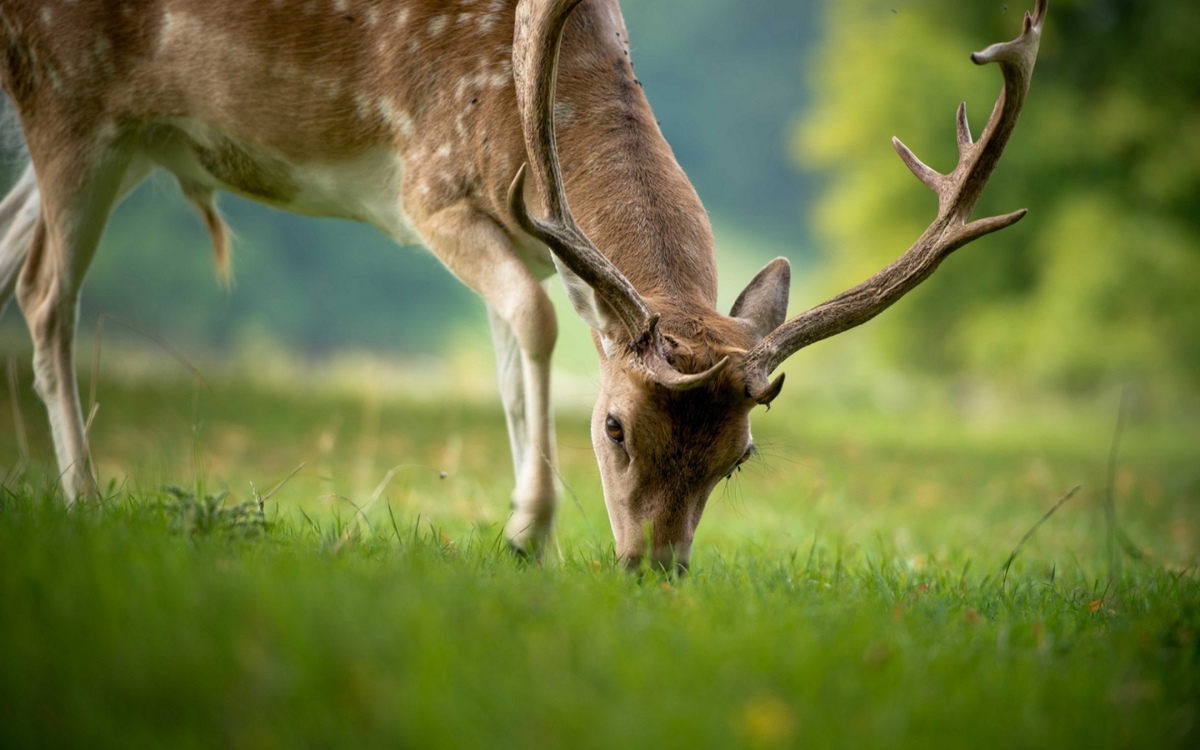

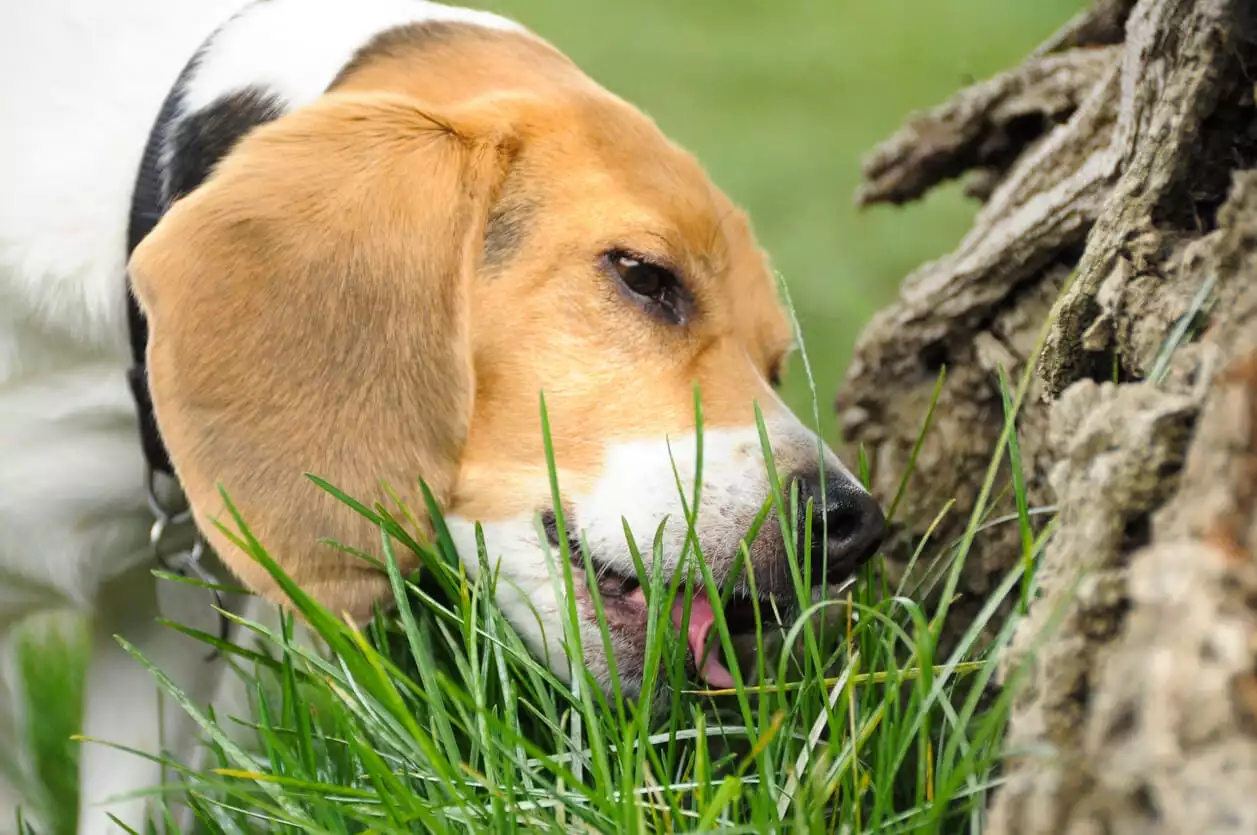
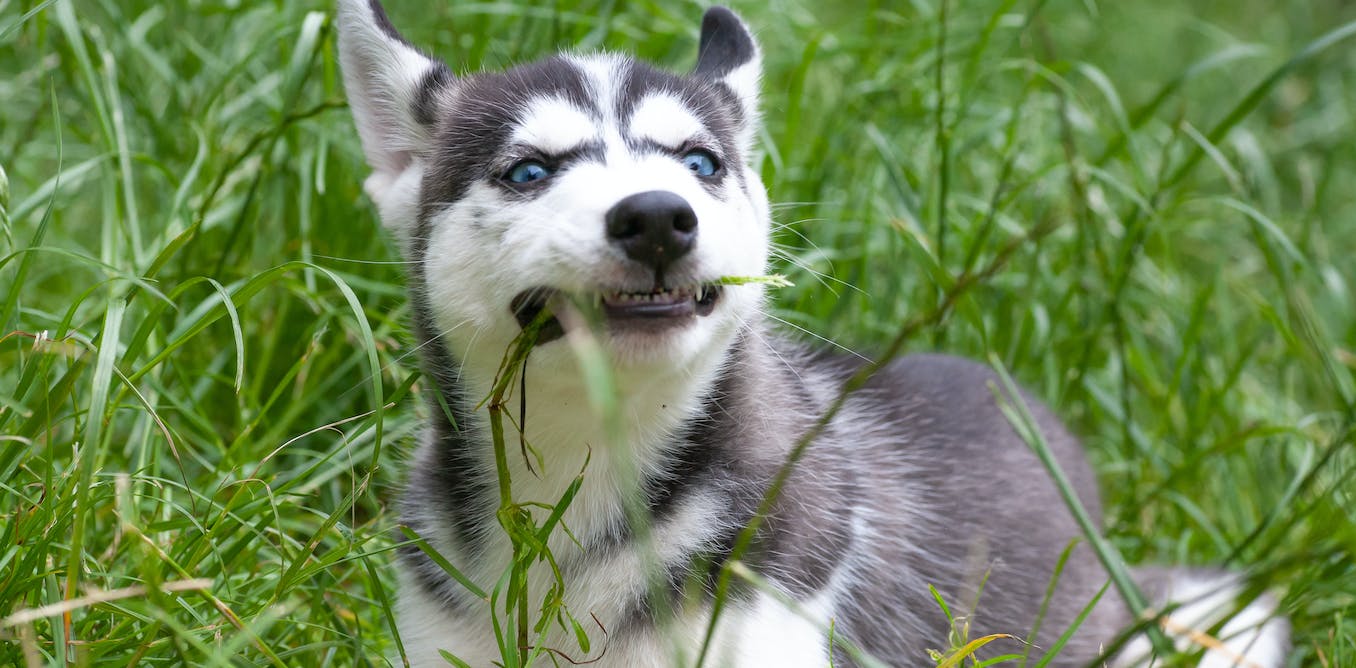
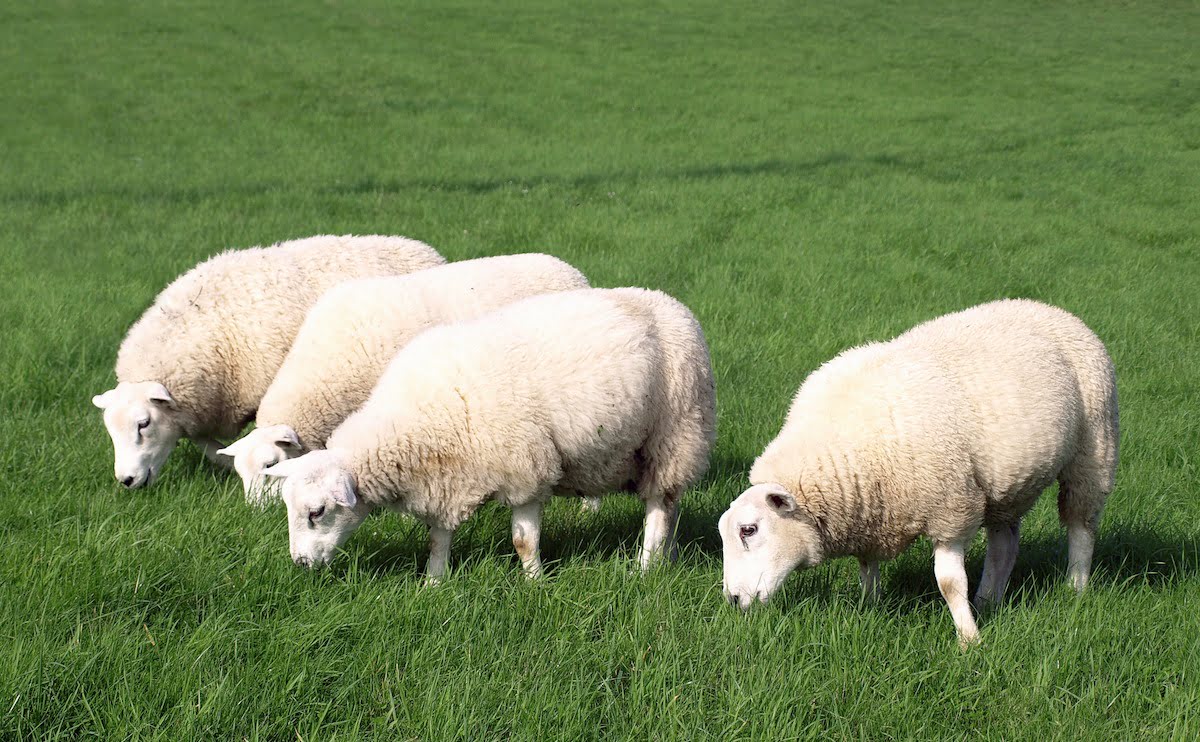
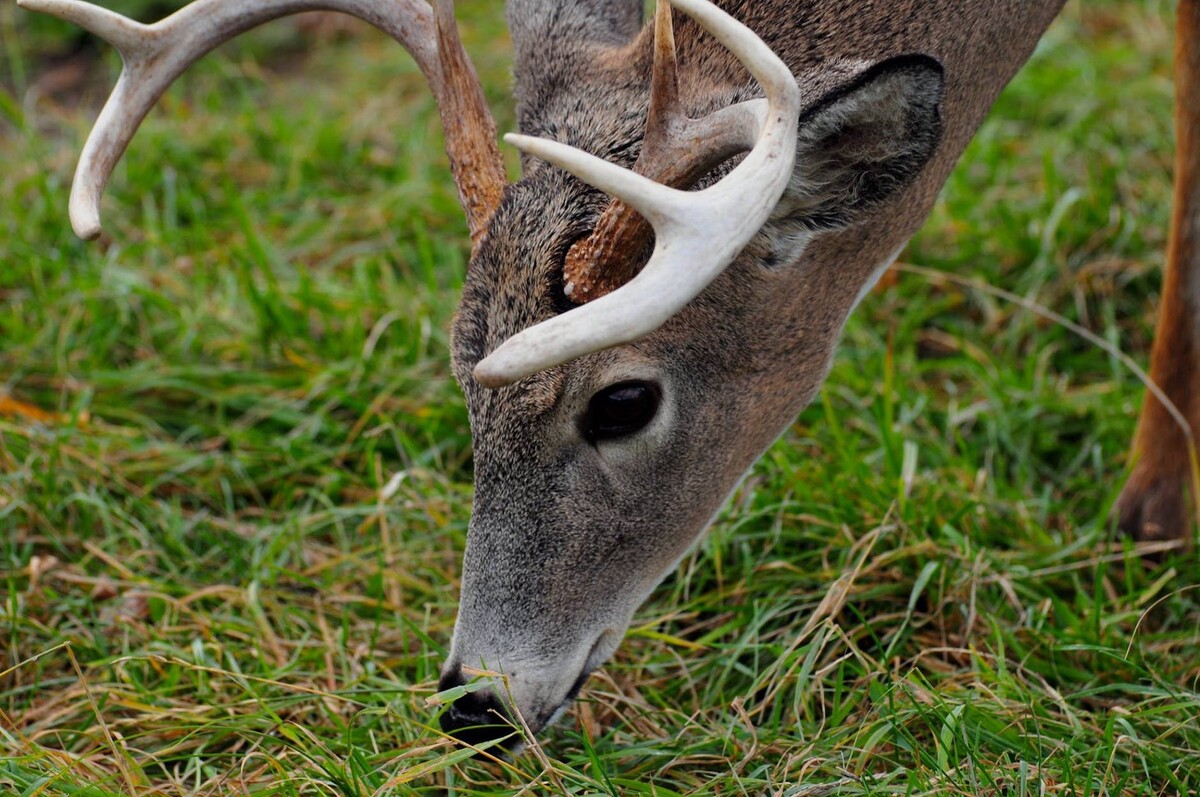


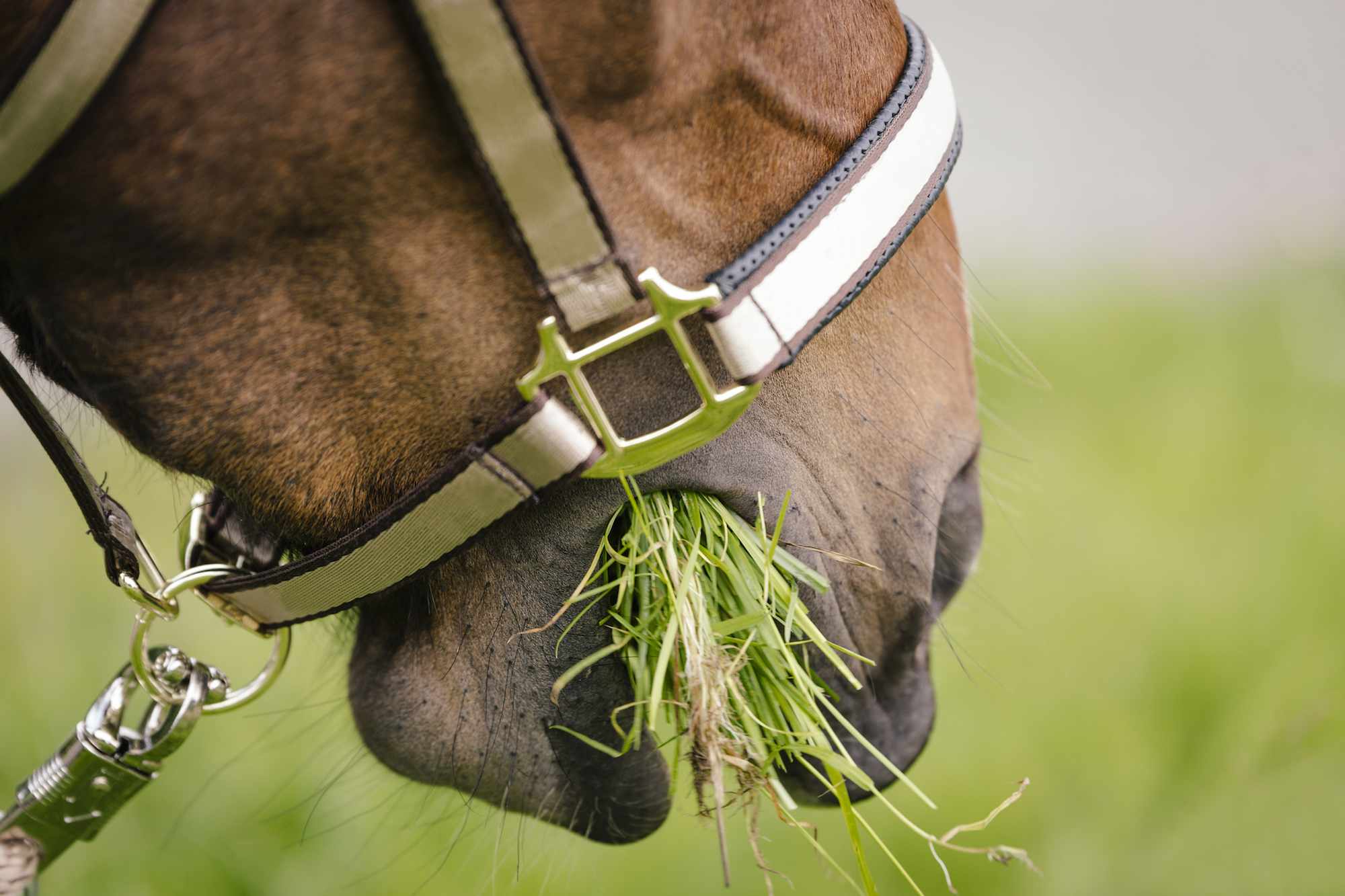
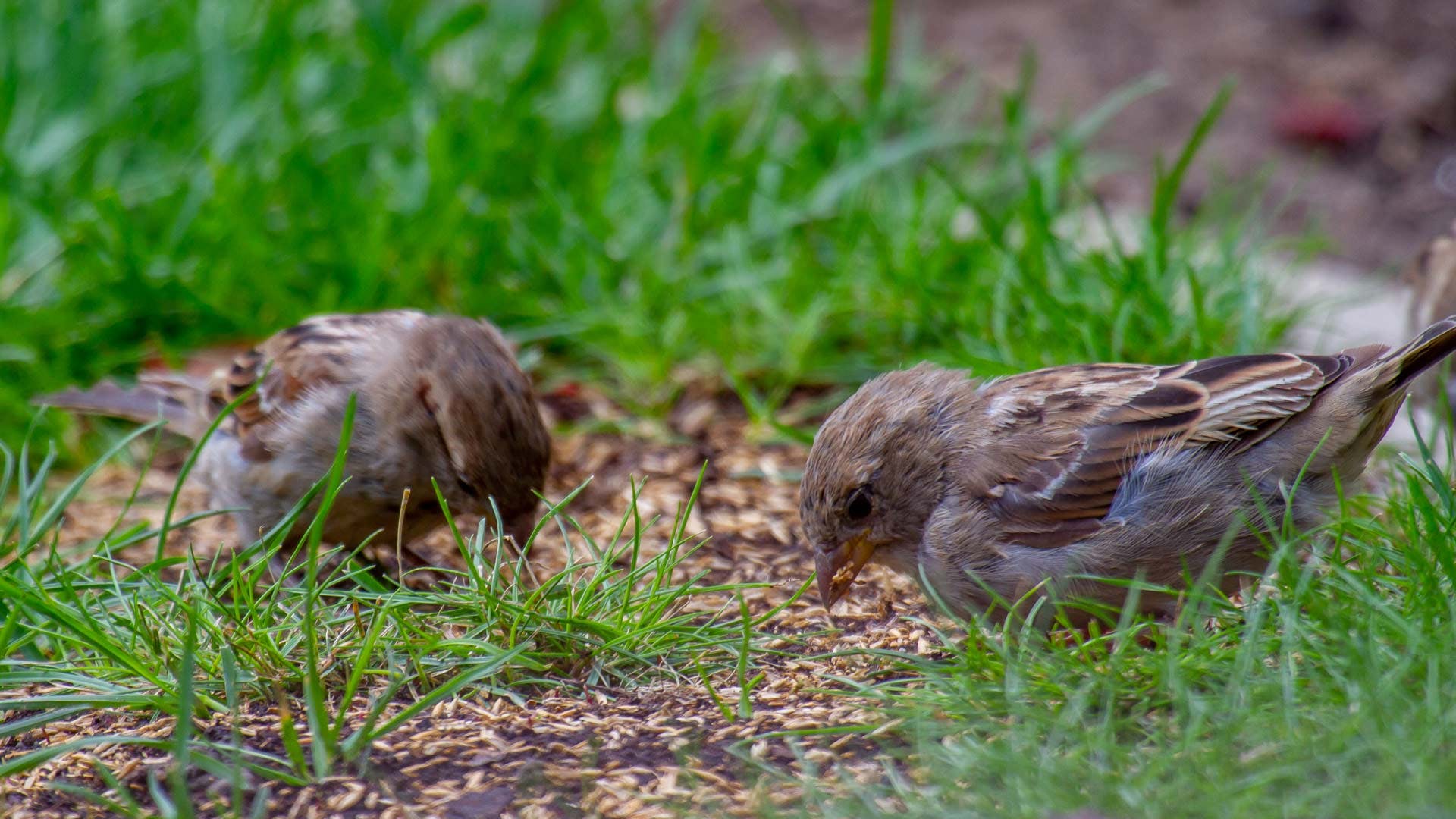
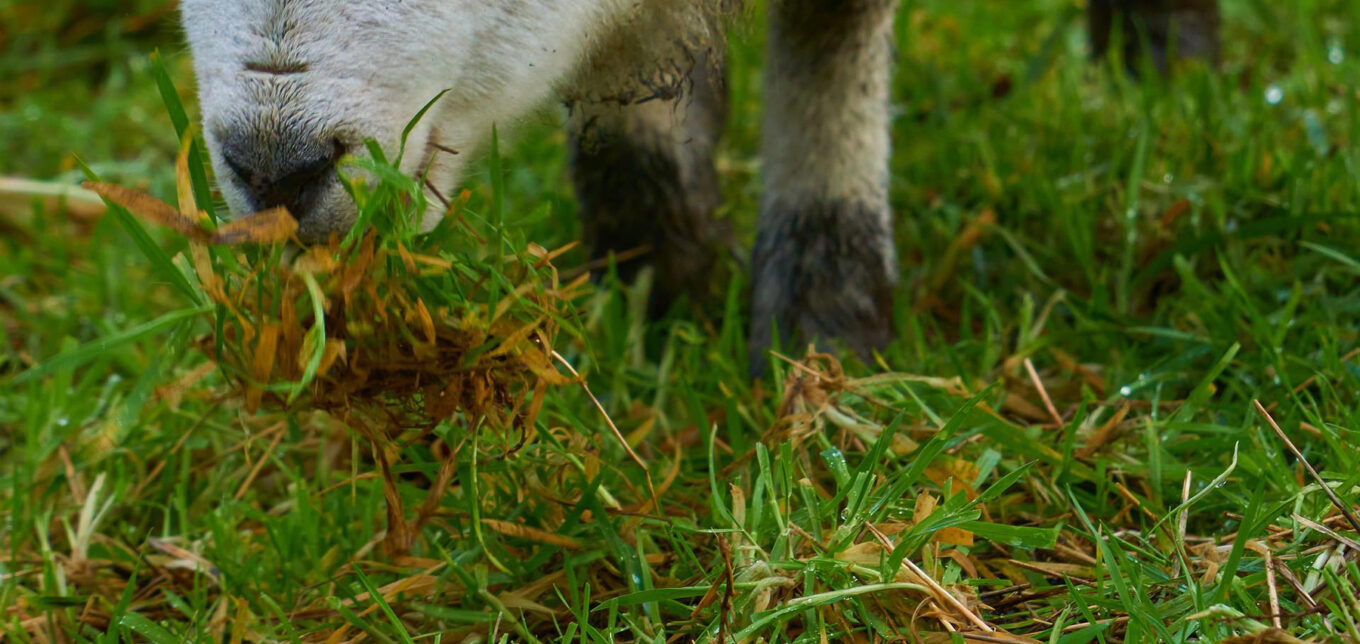


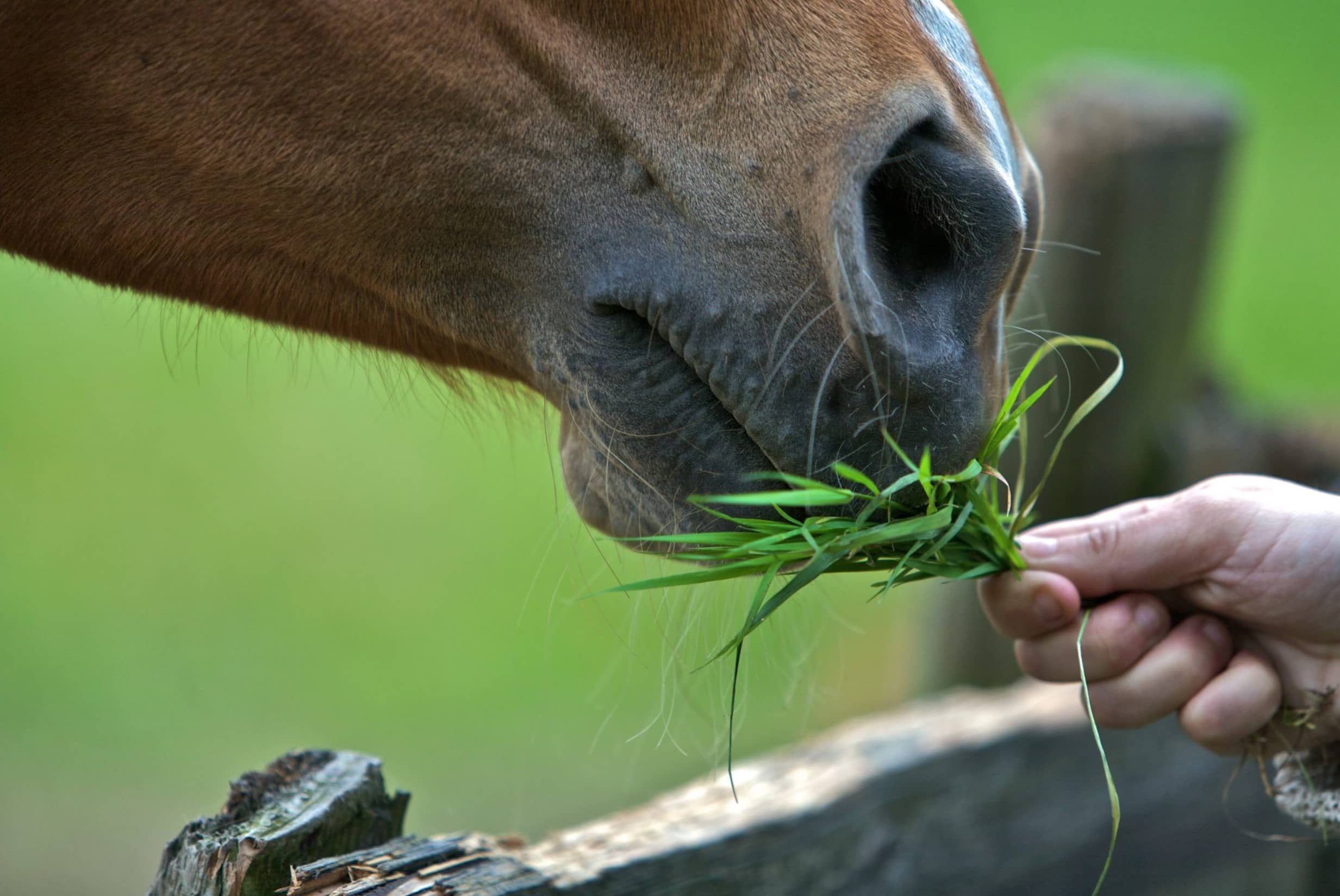

0 thoughts on “Why Do Zebras Eat Grass”